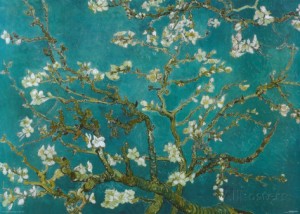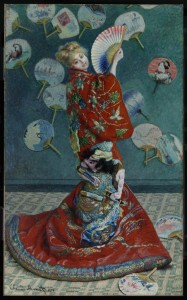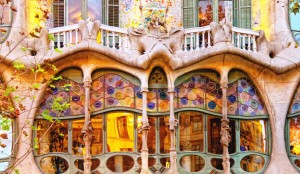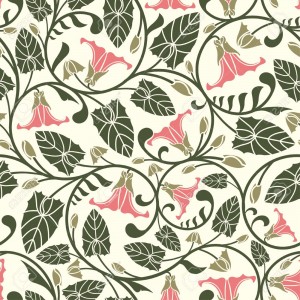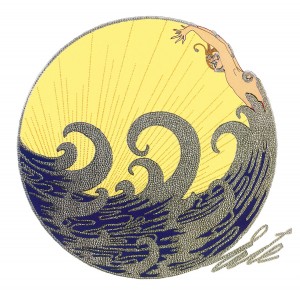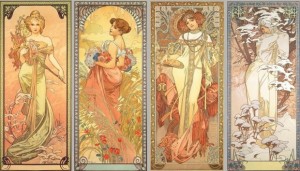(This is the sequel to this blog post, which discusses cultural appropriation in relation to costumes)
In this post, I would like to talk about how history influences how we view and interact with the world. More specifically, how the art/cultural movement of Orientalism has influenced Western and East Asian cultures, and the effects this has on cultural appropriation. History provides context for our modern world. It allows us to see the influences and events that have shaped and continue to shape our culture. Most importantly, history allows us to see that beauty standards have not always remained a certain way. They are mutable; they are constantly changing.
With this in mind, let’s look at the history of cultural appropriation, specifically the art/cultural movement of Orientalism. Orientalism refers to the “imitation or depiction of aspects in Middle Eastern, South Asian, African and East Asian cultures. These depictions are usually done by writers, designers and artists from the West.” (source) This description might lead you to believe that Orientalism is steeped in problematic colonial beliefs, and contributed greatly to the othering of Middle Easten, African and Asian peoples within Western society. You would be correct.

Image made by ceruleancynic
The movement began somewhere in the 14th century, but it gained a lot of traction within popular Western European culture in the 18th and 19th centuries.
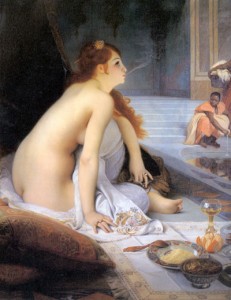
L’Esclave blanche by Jean-Jules-Antoine Lecomte du Nouÿ depicts a member of a harem: a common theme in Orientalism
There were several lasting effects of this movement including–but certainly not limited to–the influences on literature and art. For example, Van Gogh was deeply inspired by Japanese floral prints.
A subgenre of Orientalism, Japonism, influenced French fine art and English decorative arts. It was during this movement that the kimono painting mentioned in my previous post was made. This article talks a little more about the painting’s historical roots, and how that affects the statement the painting is making.
In addition, the Art Nouveau movement in the late 19th-early 20th centuries was hugely influenced by Orientalism and Japonisme. Art Nouveau went on to be the main influence behind 1920’s fashion, architecture, and overall aesthetic.
This history of Orientalism and Japonisme can sometimes make it very difficult to tell what is appropriation and what isn’t. In some cases, as mentioned in the previous post, it is very obvious–Katy Perry didn’t wear a kimono just to broaden cultural views, she did it to make a statement and borrow the exoticism that comes along with another culture’s costume. In other cases it can be more difficult to tell what is appropriation and what is an exploration of the intersections between Western and East Asian culture.
For me, at least, learning the history of culture and cultural beauty standards helps me better understand not only my own culture, but how my culture intersects and influences other cultures.
